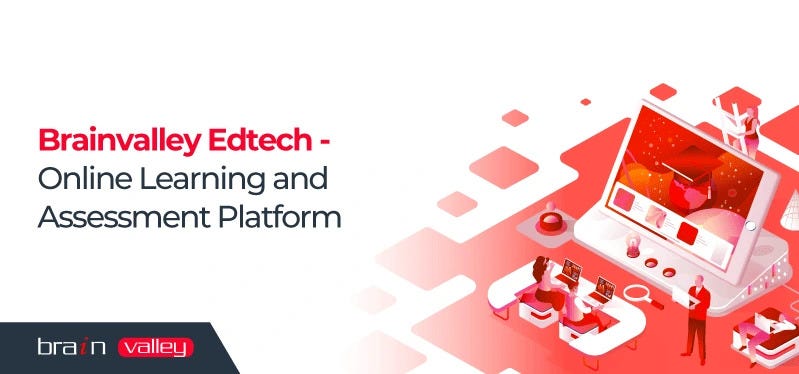
Engage to Learn: Interactive Learning Experiences Unveiled
Interactive Learning Experiences are transforming education by providing dynamic and engaging ways for learners to interact with content. This article explores the significance of interactive learning, its impact on education, and how it enhances the learning journey for students.
The Power of Active Engagement in Learning
At the heart of interactive learning experiences is the power of active engagement. Traditional passive learning methods are replaced with activities that require participation, such as quizzes, simulations, and hands-on projects. This shift from a spectator role to an active participant fosters deeper understanding and retention of information.
Gamification in Education: Turning Learning into Play
One notable aspect of interactive learning is the incorporation of gamification elements. Gamified learning experiences leverage game-like elements such as points, badges, and leaderboards to make the learning process more enjoyable and competitive. This not only motivates students but also instills a sense of accomplishment as they progress through the educational journey.
Simulations and Virtual Laboratories: Bringing Subjects to Life
Interactive learning experiences often utilize simulations and virtual laboratories to bring abstract or complex subjects to life. Whether it’s exploring the human body in biology or conducting virtual experiments in physics, these tools provide a safe and immersive environment for students to apply theoretical knowledge in a practical context.
Collaborative Learning Spaces for Peer Interaction
Collaborative learning spaces are a hallmark of interactive learning. Virtual classrooms and online platforms enable students to collaborate on projects, discuss concepts, and solve problems together. This peer interaction not only enhances social learning but also exposes students to diverse perspectives, enriching their overall educational experience.
Adaptive Learning Technologies: Tailoring Content to Individual Needs
Interactive learning experiences often integrate adaptive learning technologies. These technologies analyze individual learning patterns and adjust the content accordingly. This personalized approach ensures that each student receives content at their proficiency level, addressing both advanced learners and those who may need additional support.
Interactive Assessments for Real-Time Feedback
Assessment methods in interactive learning provide real-time feedback to students. Immediate feedback allows learners to understand their strengths and areas that need improvement promptly. This iterative feedback loop promotes continuous learning, enabling students to refine their understanding and skills throughout the course.
Multimedia Elements: Enhancing Engagement and Understanding
The integration of multimedia elements, such as videos, animations, and interactive presentations, enhances engagement and understanding. Visual and auditory stimuli cater to different learning styles, making the educational content more accessible and enjoyable. These multimedia elements break down complex topics into digestible formats.
Augmented Reality (AR) and Virtual Reality (VR): Immersive Learning Environments
The advent of augmented and virtual reality has brought about immersive learning environments. AR and VR technologies transport students to virtual worlds, allowing them to explore historical events, visit landmarks, or conduct experiments in a simulated space. This level of immersion deepens the learning experience and broadens students’ perspectives.
Overcoming Learning Challenges Through Interactive Approaches
Interactive learning approaches play a pivotal role in overcoming learning challenges. For students with different learning styles, attention spans, or specific educational needs, interactive experiences provide alternative pathways to understanding. The variety of activities caters to a broad spectrum of learners, making education more inclusive.
Interactive Learning Experiences: Shaping the Future of Education
In conclusion, interactive learning experiences are shaping the future of education by making learning more engaging, dynamic, and tailored to individual needs. To explore the transformative potential of interactive learning, visit resumelanguage.net and immerse yourself in a world where education is not just about acquiring information but actively engaging with knowledge.

:max_bytes(150000):strip_icc()/GettyImages-1226092897-412cf078a0a6473ea13315dd19c265ce.jpg)
